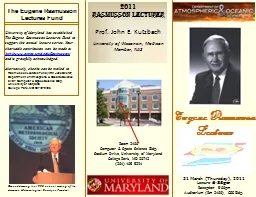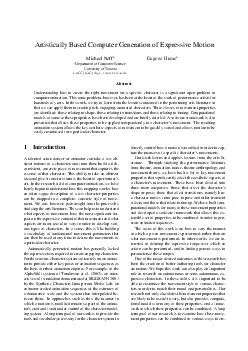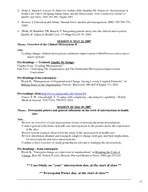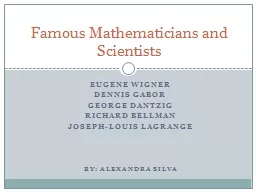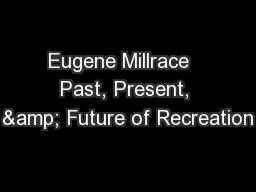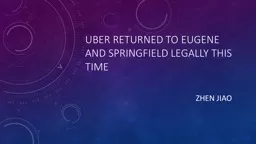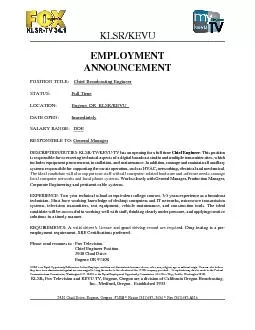PPT-Eugene Rasmusson
Author : celsa-spraggs | Published Date : 2017-10-17
Lectures 31 March Thursday 2011 Lecture 600pm Reception 500pm Auditorium Rm 2400 CSS Bldg Room 2400 Computer amp Space Science Bldg Stadium Drive University of
Presentation Embed Code
Download Presentation
Download Presentation The PPT/PDF document "Eugene Rasmusson" is the property of its rightful owner. Permission is granted to download and print the materials on this website for personal, non-commercial use only, and to display it on your personal computer provided you do not modify the materials and that you retain all copyright notices contained in the materials. By downloading content from our website, you accept the terms of this agreement.
Eugene Rasmusson: Transcript
Download Rules Of Document
"Eugene Rasmusson"The content belongs to its owner. You may download and print it for personal use, without modification, and keep all copyright notices. By downloading, you agree to these terms.
Related Documents

